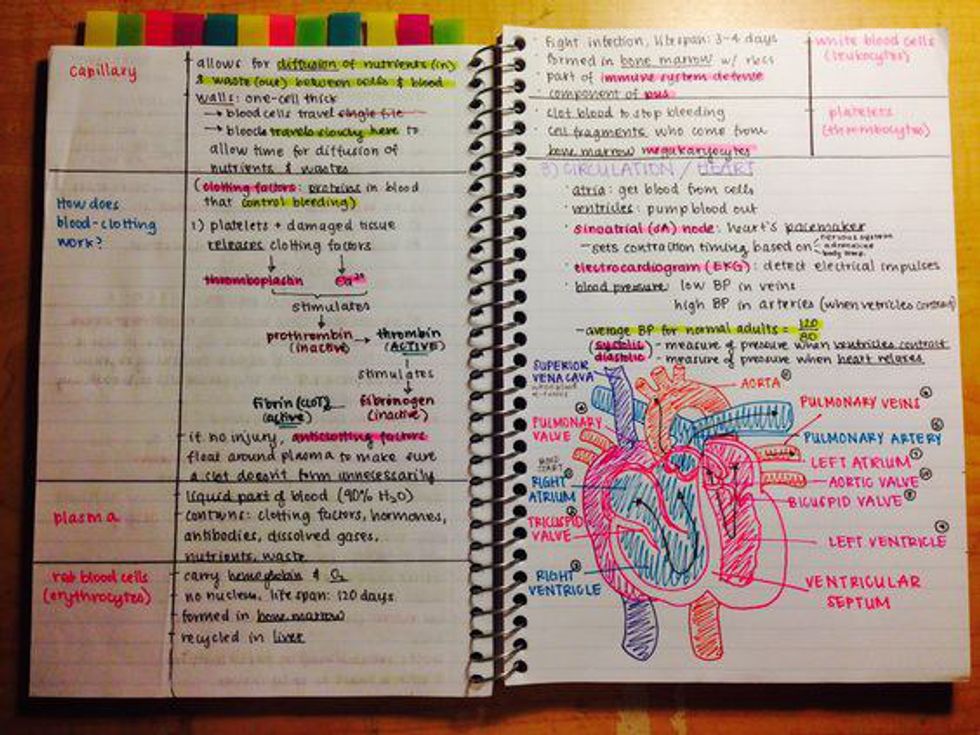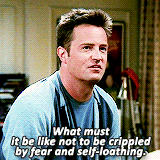43 million Americans owe $1.3 trillion in student loans. Of these 43 million, 17.2 million are at least 90 days late in their payments or already in default. Just to paint a picture of how much $1.3 trillion is, here are a few fun facts:
- At his annual salary of $30.96 million, Lebron James would have to work 41,989 years.
- If we went back in time 1.3 trillion seconds, we would be in 30,000 B.C.
- If everyone in the U.S. with a full-time job (35+ hours) paid the debt, it would be $10,400 per worker.
- With a net worth of $528,000, it would take 2.4 million Bernie Sanders to pay them all off.
How did we get here?
American higher education began to expand at disproportionate rates during World War II and has not stopped. Now, 75 years later, many financial experts agree that the Student Debt Crisis will force the federal government to put a cap on student loans. This cap will reset the supply and demand of higher education to equilibrium. What will that look like?
In order to understand where we’re headed, we need to see where we’ve come from.
Before World War I, a college degree at a four-year institution was considered a luxury to be enjoyed by a lucky few. World War II changed all of that. Colleges played a vital role during the war, receiving large research and development contracts from the federal government given in the name of our new definition of “National Security.” What was intended to be temporary became permanent, and in 1944 the Federal government passed the G.I. Bill to give a free education to veterans. At the same time, the feds decided to continue and expand the R&D contracts during peacetime – the Cold War wasn’t going to win itself.
Public Investment and college enrollments continued to increase and expand into the '60s and '70s, as the baby boomers reached college age and the Cold War tensions spiked. In fact, a study done in 1986 found that 75 percent of buildings on American campuses were built between 1960 and 1975. New Institutions of higher education were founded and others expanded due the sharp increases in demand and public investment. Of all the decisions and policy made during this period, the government’s decision to subsidize and guarantee student loans – made in The Higher Education Act of 1965 -- has had the greatest impact. To learn more, click here.
So where are we actually headed?
Mark Cuban is among many leaders in the business world who believe that higher education will break down to make room for something better. To make this simple, here is a list of distinct characteristics that will define the changes in higher education:
- A liberal arts degree in a traditional lecture setting will become a luxury to be enjoyed by a select few – similar to the Pre-WWII era.
- Schools will partner with private, perhaps even regional, banks to provide their students with loans. This means that background checks will be done, cosigners will be required and collateral assigned to the loan. Don’t think this can work? Just look at Grove City College in Pennsylvania. Grove City is one of the few schools that does not accepted Federal Financial Aid, yet they are a financially sound institution issuing students loans through PNC Bank to qualified students.
- Technology will be utilized to make degrees flexible, inexpensive and accessible. Those who still want a liberal arts education will be able to get one due to the advances made in online education. In fact, this trend is already beginning.
- For-Profit schools like Strayer University, DeVry University and the like will continue to see increases in their enrollment.
- We will see a rise in professional trade schools and vocational schools. Imagine a one-year, 48-hour degree in which all you learn is your profession. It’s not crazy – it actually makes sense. For example, imagine the Nabholz Institute of Accountancy. You have four three-month semesters, and you only learn the skills you need to pass your exams to become a certified CPA. It’s not glamorous, but it’s efficient, profitable for the school and affordable for the student.
To sum it all up…
Colleges and universities will continue to spend irresponsible amounts on athletics and facilities, while public investment continues to be insufficient. As a result, tuition will continue to increase beyond the point that college students are willing to pay. When the Student Loans Bubble bursts, public investment in colleges (student loans backed by the taxpayers) will disappear and schools that have relied on it will go out of existence. As these schools go under, new schools will come out of the woodwork and shape the future of American education.









































